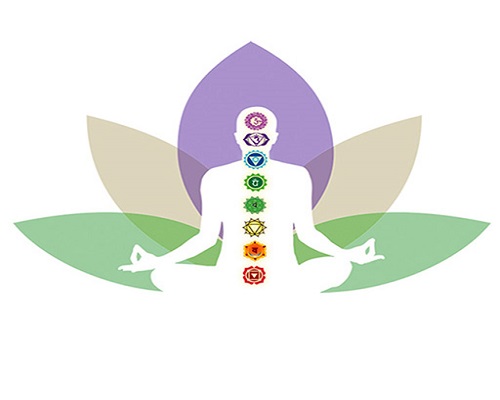A Guide to Self-Discovery and Personalized Wellness When it comes to adopting a holistic approach to health and wellness, Ayurveda, the ancient Indian system of medicine, offers invaluable insights into understanding our unique constitution and how to achieve a state of balance and harmony.

A Guide to Self-Discovery and Personalized Wellness When it comes to adopting a holistic approach to health and wellness, Ayurveda, the ancient Indian system of medicine, offers invaluable insights into understanding our unique constitution and how to achieve a state of balance and harmony. At the core of Ayurveda is the concept of the three doshas – Vata, Pitta, and Kapha – which represent different combinations of the five elements (ether, air, fire, water, and earth) that govern our physiology and psychology. Determining your Ayurvedic body type is the first step towards creating a personalized wellness plan that aligns with your inherent nature and addresses your specific health needs. By understanding your dominant dosha with the help of our experts in Piles Cure Centre or dosha combination, you can tailor your diet, lifestyle, and self-care practices to support your overall well-being. Here’s a guide to help you determine your Ayurvedic body type: 1. Take a Dosha Quiz: There are many online resources and Ayurvedic practitioners who offer dosha quizzes or assessments to help you determine your predominant dosha or dosha combination. These quizzes typically involve answering questions related to your physical characteristics, personality traits, likes and dislikes, and tendencies towards certain imbalances. 2. Observe Your Physical and Mental Attributes: Pay close attention to your physical and mental attributes to identify patterns that are characteristic of a particular dosha. For example, individuals with a Vata dominant constitution may have a slender build, dry skin, and a tendency towards anxiety and irregular digestion. Pitta types, on the other hand, are often of medium build, have sharp features, and are prone to inflammation and digestive issues. Kapha types tend to have a larger frame, smooth skin, and are more prone to sluggish digestion and weight gain. 3. Reflect on Your Reactions to External Stimuli: Consider how you respond to external stimuli such as changes in weather, food preferences, stress, and relationships. Vata types are sensitive to cold and dry conditions, Pitta types are aggravated by heat and intensity, while Kapha types may struggle with damp and heavy environments. 4. Consult an Ayurvedic Practitioner: For a more accurate assessment of your Ayurvedic body type, consider consulting with a qualified Ayurvedic practitioner who can perform a detailed evaluation based on pulse diagnosis, tongue examination, and overall observation of your physical and mental characteristics. A practitioner can provide personalized recommendations for diet, lifestyle, herbal remedies, and therapeutic treatments based on your individual constitution. Once you have determined your Ayurvedic body type, you can begin to incorporate Ayurvedic principles into your daily routine to promote balance and vitality. By aligning with the natural rhythms of your body and mind, you can enhance your overall well-being and cultivate a deeper sense of self-awareness and harmony. Embrace the wisdom of Ayurveda and embark on a journey towards optimal health and wellness tailored to your unique constitution.
\r\n